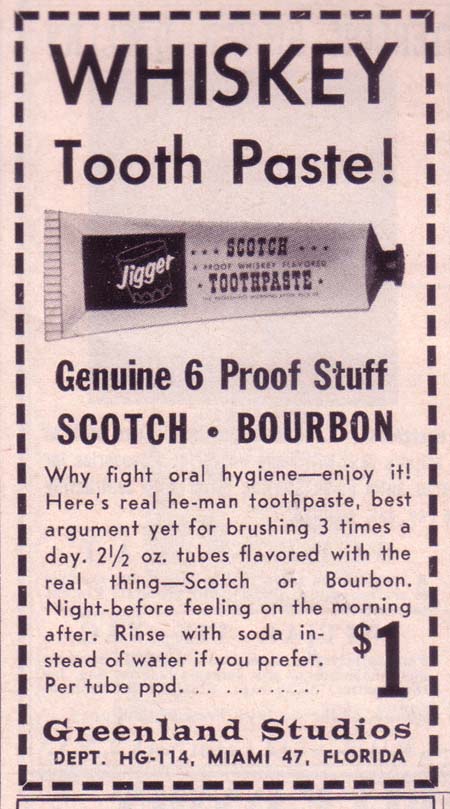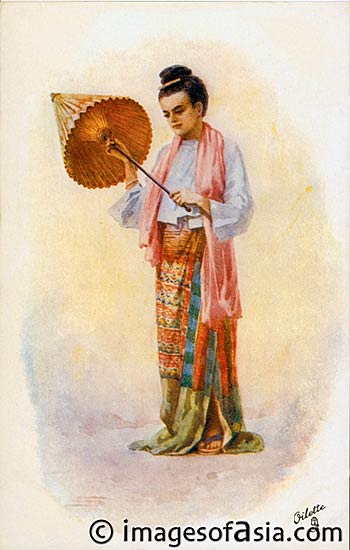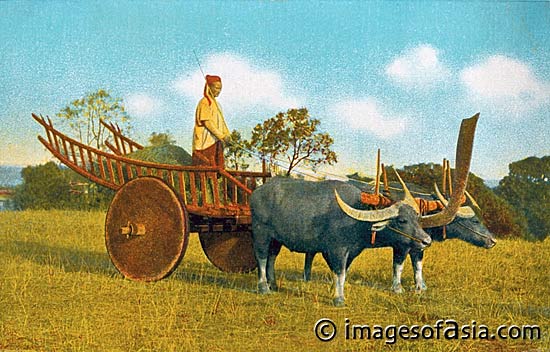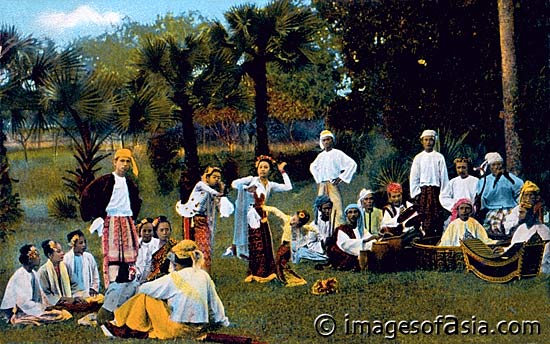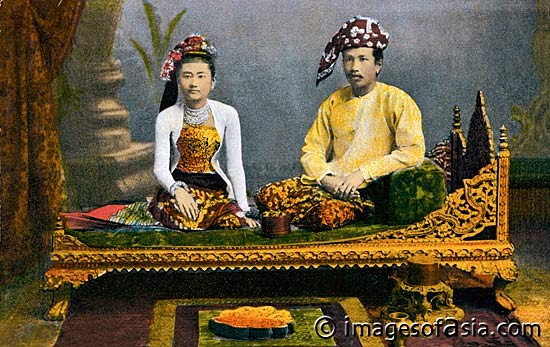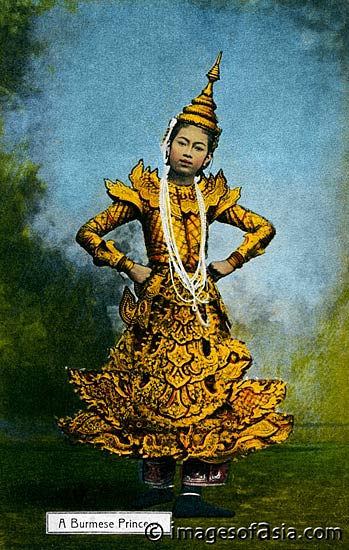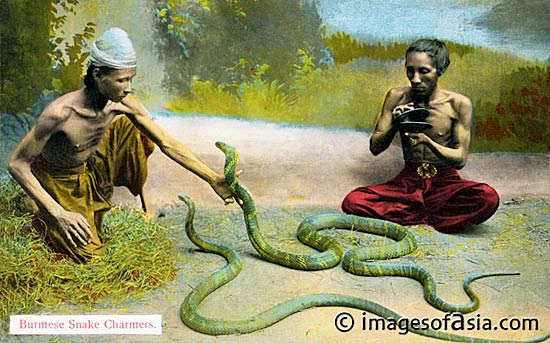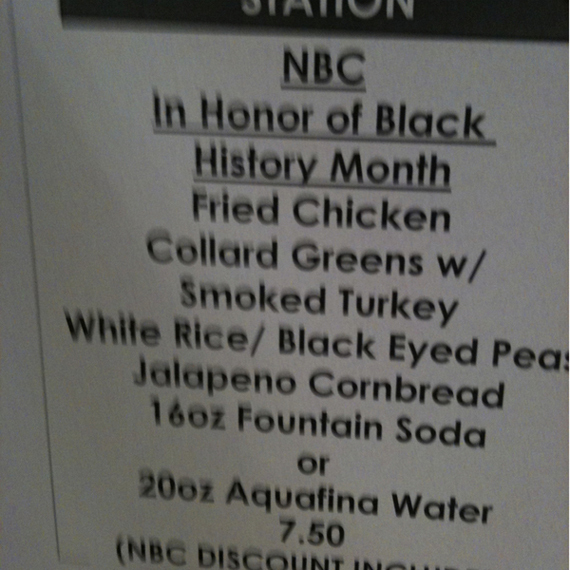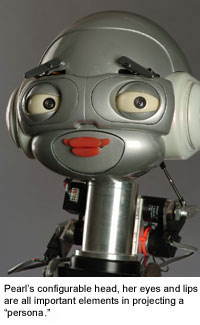On August 29th, 2005, Hurricane Katrina sideswiped New Orleans. The storm surge broke its levees, flooded 80% of the city, and killed almost 2,000 people.
The city is in recovery and it is emerging with a new identity tied tightly to that hurricane. Though the storms have always played a role in the mythology of the city (consider its most famous drink), hurricane imagery increasingly has part of what defines New Orleans. I’ve spent quite a lot of time there recently, and I can attest that the hurricane is everywhere: in jewelry, in art, and on bodies, for example.
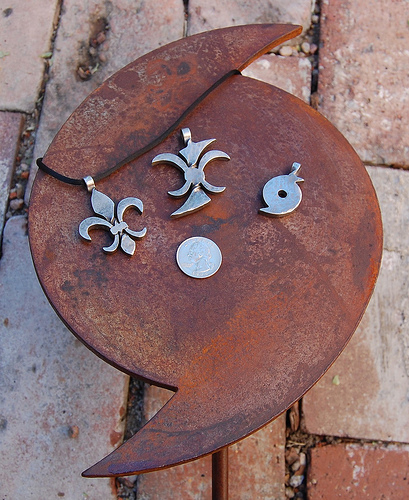


In light of this, Casey F. thought it would be interesting to think about who gets to use hurricane humor? Case in point: A flickr stream by Editor B includes the following two images. The first uses hurricane imagery to suggest that the New Orleans Saints is going to “attack” the Indianapolis, Colts at the Superbowl (in Miami, FL):
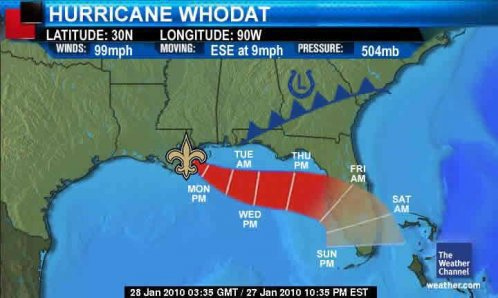
The second also uses hurricane imagery, but this time it’s an Indianapolis Colts fan using it against New Orleans:
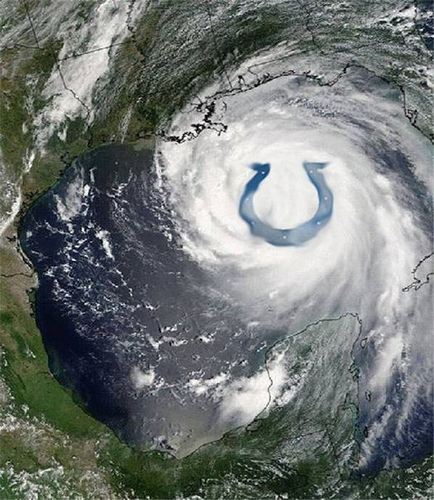
Casey feels that those who suffered from the hurricane, including New Orleans, “…have reclaimed hurricane imagery for ourselves, because we survived it.” But, she says, “That doesn’t make it acceptable for others to do so yet.”
For Casey, the use of hurricane imagery to suggest that a team is going to crush its opponent is like the use of the n-word or “queer.” It was a hurtful term that has been reclaimed by those it most hurt. Thus, blacks and gays can use the words (respectively). But, still, when others use them, they still carry a sting.
For someone who was harmed by a hurricane, using the imagery is a way of reclaiming the hurt they suffered, even appropriating the strength of the force that hurt them. But, for others to use it, it is trivializing that same hurt, re-imagining the destruction they suffered. It is not funny, from this perspective, to imagine that New Orleans could be hit again.
I sympathize with Casey on this, but think it’s also an interesting topic for conversation.
Lisa Wade, PhD is an Associate Professor at Tulane University. She is the author of American Hookup, a book about college sexual culture; a textbook about gender; and a forthcoming introductory text: Terrible Magnificent Sociology. You can follow her on Twitter and Instagram.
